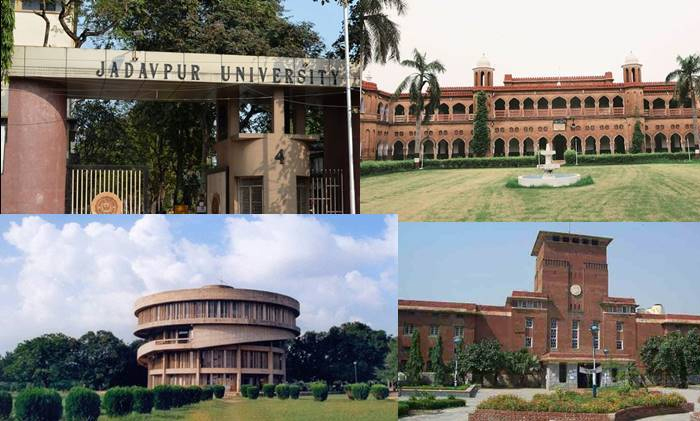How has the Indian education system evolved, and what are the key milestones?
How has the Indian education system evolved, and what are the key milestones?

The Indian education system is complex and diverse, with a mix of public and private schools, colleges, and universities, and a wide range of curricula and teaching methods. Here is an overview of some key aspects of the Indian education system:
Structure:
The Indian education system is structured into four levels: primary education, secondary education, higher secondary education, and tertiary education. Primary education is compulsory and free for all children aged 6 to 14 years, while secondary education is divided into two levels: lower secondary (grades 6-8) and upper secondary (grades 9-12).
Curriculum:
The curriculum in Indian schools is determined by the central or state education boards, with a focus on core subjects such as mathematics, science, social studies, and languages. There is also a growing emphasis on vocational education and skill-based training.
Teaching Methods:
Indian schools typically follow a traditional teaching method, with a strong focus on rote learning and memorization. However, there is a growing emphasis on experiential learning, critical thinking, and problem-solving in some schools.
Challenges:
The Indian education system faces several challenges, including a high dropout rate, inadequate funding, teacher shortages, and disparities in access and quality of education across different regions and socio-economic groups.
Higher Education:
Indian higher education includes universities, colleges, and institutions offering a wide range of degree programs in various fields. The admission process is highly competitive, with students required to take entrance exams and meet specific eligibility criteria.
Overall, the Indian education system has made significant progress in recent years, with increased access to education and a focus on improving the quality of education. However, there is still a long way to go in addressing the challenges and ensuring equitable and high-quality education for all.


